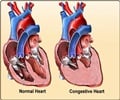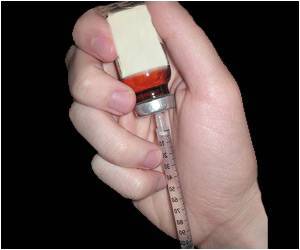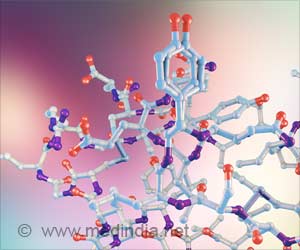Eplerenone in addition to standard therapy was found to reduce death and hospitalization for high-risk patient groups with chronic heart failure (CHF).

Eplerenone has been shown to reduce the primary endpoint of cardiovascular mortality or hospitalization for heart failure (CV mortality/Hosp.HF ), as well as total mortality, total hospitalizations, and new onset atrial fibrillation/flutter in patients with NYHA class II chronic systolic heart failure (NEJM 2011;364:11-21-and ESC-HF 2011). To further determine the applicability of these results to clinical practice the efficacy and safety of eplerenone 25-50 mg/day was evaluated in 5 pre-specified high-risk subgroups including: Age > 75 years, Diabetes Mellitus (DM), estimated glomerular filtration rate (eGFR) < 60 ml/min /1.73 m2, Left ventricular ejection fraction (LVEF) < 30 %, and Systolic blood pressure ( SBP) < median of 123 mm Hg.
Results – primary endpoint-for high-risk patient subgroupsIn patients > 75 years of age 78 (23.6%) of 330 patients on eplerenone and 107 (32.7%) of 327 on placebo had a primary endpoint - Hazard ratio (HR) 0.66, p<0.004, 95% Confidence Intervals (CI ) 0.49-0.88.In patients with history of diabetes 99 (21.6%) of 459 on eplerenone and 141 (35.2%) of 400 on placebo had primary endpoint - HR 0.54, p= <0.0001, (CI) 0.42-0.70.In patients with eGFR< 60 ml/min /1.73 m2 107 (24.4%) of 439 on eplerenone and 163 (34.5%) of 473 on placebo had a primary endpoint - HR 0.62, p=0.0001, CI 0.49-0.79.In patients with a LVEF <30% 180 (19.3%) of 934 patients on eplerenone and 267 (27.3%) of 978 on placebo had a primary endpoint - HR 0.65, p<0.0001, CI 0.53-0.78.In patients with a SBP< median 123 mm Hg 138 (20.6%) of 669 patients on eplerenone and 201 (29.4 %) of 683 on placebo had a primary endpoint –HR 0.63, p=<0.0001, CI 0.51-0.79.
No new safety information emerged as a result of this analysis. In each of these high risk subgroups patients receiving eplerenone had a significant increase (p<0.05) in the incidence of hyperkalaemia (K+> 5.5 mmol/l). However, there was no significant increase in serious hyperkalemia (K+>6.0 mmol/l), hyperkalaemia leading to drug discontinuation, hospitalization for hyperkalemia, or hospitalization for worsening renal function. Importantly, after the trial was prematurely stopped for efficacy on March 25, 2010 (primary endpoint [CV mortality and HF hospitalization] – HR 0.63, p< 0.0001, CI 0.54-0.74) additional primary endpoints were observed while patients remained on double blind therapy over an additional mean 7 months of follow up (primary endpoint - HR 0.66 , p< 0.0001 CI 0.57-0.77). This new sub-analysis further demonstrated that the beneficial effect of eplerenone remained significant across the wider study population over the additional follow-up period.Results – secondary endpoints
In the five pre-specified high risk groups, the key secondary endpoints of all-cause hospitalization and HF hospitalization, achieved statistically significant (p<0.01) relative risk reductions for the eplerenone group compared to the placebo group.
Source-Eurekalert








